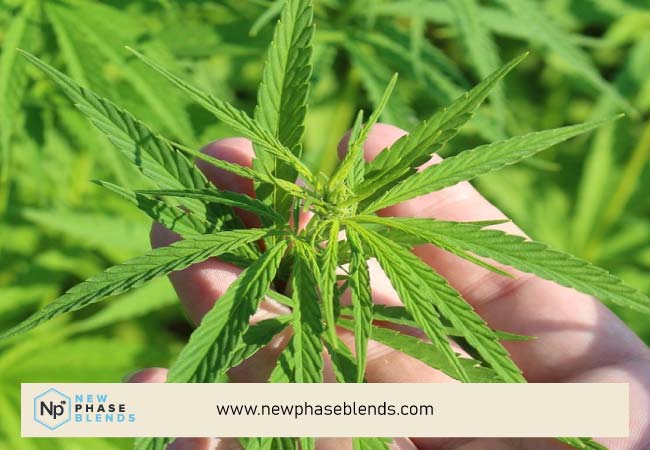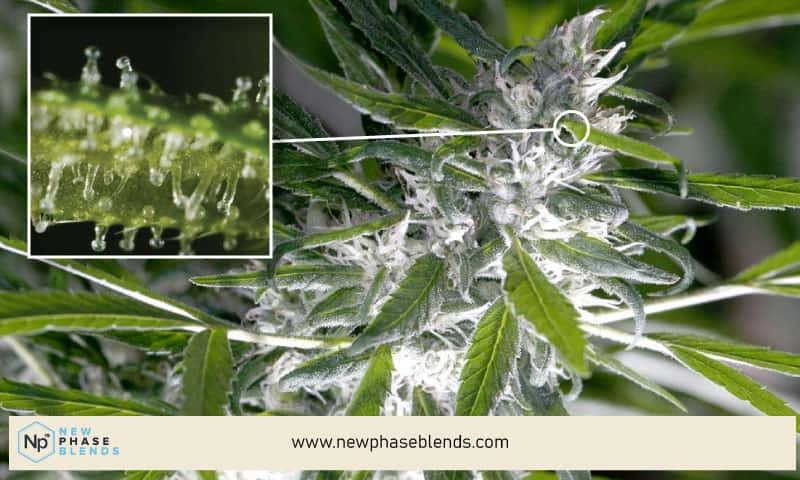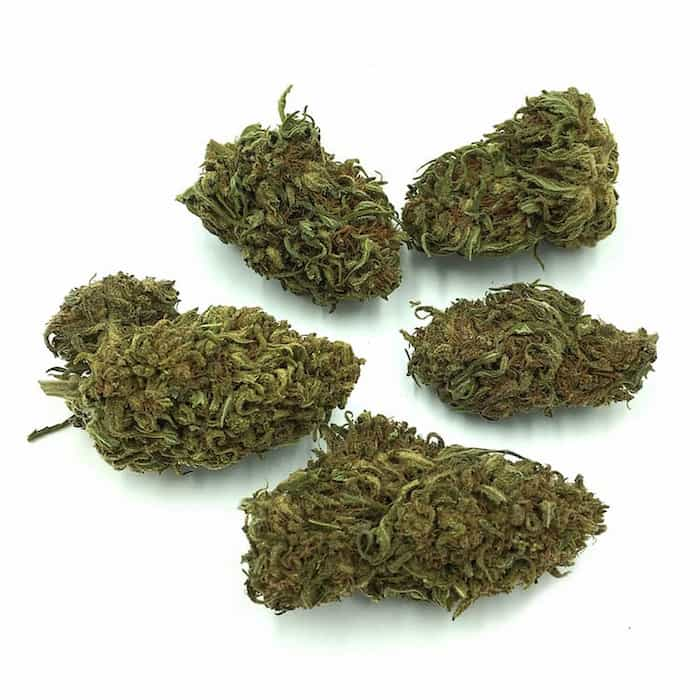The cannabis sativa plant has been used for thousands of years, but only recently has it gained mainstream popularity. With the legalization of marijuana in many places, more people are discovering the potential benefits of compounds like CBD derived from this fascinating plant. But beyond the hype, what is the cannabis sativa plant really all about?
What is Cannabis Sativa?
Cannabis sativa is an annual flowering herbaceous plant in the cannabis genus. It has been cultivated throughout recorded history as a source of industrial fiber, seed oil, food, recreation, spiritual practices, and medicine. Cannabis plants can grow very tall, reaching up to 5 meters in height. The leaves are palmately compound with serrated leaflets.

The cannabis sativa plant is dioecious, meaning male and female flowers develop on separate plants. The female flowers are arranged in racemes and can produce hundreds of seeds. Male plants die after shedding pollen. Under natural light conditions, both sexes are produced in equal numbers due to X and Y chromosomes.
Cannabis sativa contains many active compounds called cannabinoids, the most well-known being tetrahydrocannabinol (THC) and cannabidiol (CBD). Cannabis sativa strains with high THC are used recreationally and medicinally to induce euphoria and relax muscles. Strains high in CBD are used medicinally to help with things like pain, anxiety, and epilepsy. Over the decades, cannabis cultivation has allowed for many different strains to be developed through selective breeding.
Cannabinoids – The Active Compounds
The cannabis sativa plant contains over 500 compounds, including at least 113 different cannabinoids – the active chemical constituents that give it medicinal and recreational properties.
The most well-known cannabinoid is tetrahydrocannabinol (THC), the compound primarily responsible for the psychoactive “high” associated with marijuana. Another major constituent is cannabidiol (CBD), which has gained popularity in recent years for its therapeutic properties. CBD does not produce psychoactive effects.
Other cannabinoids like cannabigerol (CBG), cannabichromene (CBC), and tetrahydrocannabivarin (THCV) are also present in smaller quantities but may contribute medicinal benefits. The relative amounts of each cannabinoid vary widely between different cannabis strains.
How does Cannabis produce THC and other cannabinoids?
Cannabinoids are synthesized through the combination of a terpenoid precursor from the MEP pathway and a phenolic precursor from the polyketide pathway. Specific synthase enzymes catalyze each step.
Where are the cannabinoids synthesized and accumulated in the Cannabis plant?
Cannabinoids are produced and accumulated in the heads of the glandular trichomes found mainly in the female flowers.

What are the main chemical constituents and compounds found in Cannabis sativa?
The major compounds include cannabinoids like THC and CBD, terpenes like myrcene and limonene, and phenolic compounds like cannflavin A/B. Over 500 compounds have been identified. Two novel prenylated flavones, termed Cannflavin A and B, were isolated from the cannabinoid free ethanolic extract of Cannabis sativa L (Baret, Scut, Evans).
How could the production of cannabinoids be increased through biotechnology?
Expressing genes for cannabinoid biosynthesis, transcription factors, or elicitors could boost cannabinoid yields in cell cultures. Metabolons and plant hosts like tobacco could also produce cannabinoids. Modifying growth conditions and nutrients provided to cannabis plants may also optimize cannabinoid production. Bioreactors and hydroponic systems allow precise control over these factors, which is why the indoor growing market is such a big deal right now.
Terpenes – The Aromatic Compounds
In addition to cannabinoids, cannabis contains aromatic compounds called terpenes that also have therapeutic benefits. Terpenes give cannabis its distinct aromas and flavors. Major terpenes found in cannabis include limonene, myrcene, pinene, linalool, and caryophyllene.
Terpenes are synergistic with cannabinoids, meaning they work together to produce enhanced effects compared to isolated compounds. This phenomenon is called the entourage effect and may explain why cannabis extracts are more potent than pure THC or CBD.
What gives Cannabis its characteristic flavors and aromas?
The diverse terpenes and aromatic compounds like pinene, limonene, caryophyllene, humulene, etc give Cannabis its smells and flavors.
Potential Health Benefits
Research into the health benefits of cannabis compounds is still in the early stages due to legal restrictions. However, preliminary studies point to a wide range of potential uses that warrant further investigation.
CBD is the most promising cannabinoid in terms of therapeutic potential. Possible applications include anti-seizure, anti-anxiety, analgesic, anti-inflammatory, and neuroprotective properties. Full-spectrum CBD extracts may be more effective than isolated CBD due to the entourage effect with other plant compounds.
THC also has analgesic, anti-nausea, appetite stimulating, and other benefits, but its psychoactive nature limits many of the medical applications. Other minor cannabinoids and terpenes show promising pharmacological activities that remain to be fully explored.
What are the potential medicinal properties of Cannabis compounds?
Compounds like THC, CBD, CBG have analgesic, anti-inflammatory, anticonvulsant, antioxidant, anti-nausea effects based on studies. The full therapeutic potential is still being researched.
Cultivation
Cannabis cultivation goes back thousands of years. Early cultivation focused on plants with high fiber content. But in modern times, recreational and medicinal cannabis has been bred to maximize cannabinoid and terpene production in the female flowers.

Optimal conditions for cannabis growth include warm weather, rich soil, and exposure to UVB light which stimulates cannabinoid synthesis. Female plants are grown separately from males and flowering is induced to produce the maximum amount of buds. Hydroponic methods are commonly employed today to optimize yields.
Different varieties or strains are cultivated with higher levels of CBD, THC, or other cannabinoids depending on their intended use. Legal hemp is defined as containing less than 0.3% THC. High CBD strains maximizing medical benefits while minimizing psychoactivity are currently in demand.
What techniques can be used to propagate or genetically engineer Cannabis?
Micropropagation, synthetic seeds, hairy root cultures, cell suspension cultures, and plant transformation using shoot tips or hypocotyls have been used with limited success so far.
Future Potential
With shifting public attitudes and legislation governing recreational and medicinal cannabis, research into the cannabis sativa plant will likely rapidly expand in the coming years. There is still much to learn about the biosynthesis of cannabinoids and terpenes and how they interact to produce therapeutic effects.
Advanced plant breeding techniques and biotechnology could potentially develop new high-yielding CBD-rich strains to meet the growing demand for natural plant-derived medicines. As more barriers are lifted, the future looks bright for harnessing and optimizing the remarkable natural properties of this highly versatile plant.












